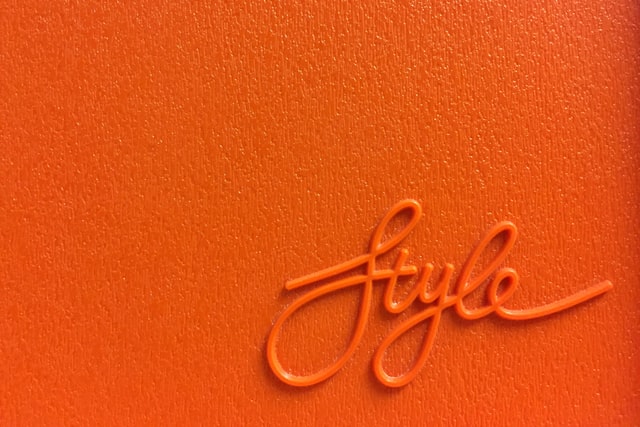Type might look simple, but it’s still possible to urge it very wrong. Here are 5 common pitfalls to avoid. The art of typography, at first, looks pretty straightforward: choose a typeface, twiddle the dimensions and maybe alter the color, right? Wrong. The reality is, there’s such a lot more to effective typesetting than that.
Typography is an almost invisible art form; if successful, the care and a spotlight put into setting type on a page will melt away effortlessly, leaving the content front and foremost within the eye of the reader. As a discipline it’s really an act of facilitation – that’s to mention that it exists to assist make the words and meaning the main target , providing a platform for it to shine through.
1.Using too many typefaces & styles
One of the primary lessons one should concentrate on typography is limiting the amount of typefaces. New designers are hooked in to their craft and a bit like experienced designers, they wish to stand out for his or her design work. However, since beginners are still within the learning process of typography, they got to stand out sometimes doesn’t translate well. Most beginners use multiple typefaces and designs that only results in confusion and distraction for his or her users. It’s important to understand that style is for the user and not the designer. So as tempting because it could be for you to feature another typeface to your work, you ought to avoid it.
Tip #1: Limit yourself to using 2 typefaces. Usually, one typeface for body text and one display typeface is enough. are you able to ever use quite 2 typefaces? YES! There are exceptions to any rule, but that wouldn’t be the simplest practice for a beginner.
Tip #2: Pick Super families if you’re trying to find a spread of designs . But remember, using too many styles can break your design too.
What the heck are super families? These are typefaces that have many weights and designs . Not making active choices about the sort. New designers tend to go away some decision-making to the planning software they’re using. A designer isn’t only to settle on the typeface and font size but also to actively decide and adjust the worth for leading, kerning, tracking, etc. Every single detail matters.
Tip #3: Don’t trust your design software with every detail. Be proactive and believe what suits your work best and make changes.
2. Confusing Tracking and Kerning in typography
Designers can spend hours perusal the tracking and kerning of their typography. it is vital , however, to know that the 2 things aren’t synonymous.
Tracking, as we’ve already mentioned above, deals with the spacing between characters across a whole word or phrase. Kerning is an adjustment of the precise space between two characters especially . Kerning is usually wont to bring characters that naturally have tons of white space around them closer to their neighbours.
A good example is that the combination of the letterforms W and A, which may sit closer together than most fonts will naturally place them, thanks to the angle that structure their shapes.
3. Centering text universally
One of the primary things you’ll often hear a designer say is that you simply should never center text. We don’t fully accept as true with that sentiment; there’s definitely a time and place for centered text, and used wisely it can enhance a design significantly & give a real feel in typography. However, novice designers often center all their text in an effort to make a way of balance in their design. this is often a critical error because the symmetry is both unsettling and difficult to read – especially in longer passages of text.
Avoid centering text universally, and embrace the asymmetry of a design which features ragged lines, or use justified text where you would like a solid block of copy.
4. Not understanding type hierarchy
Like Edward Tufte once said: “Good design is obvious thinking made visible”. a method that a designer’s ability to think clearly shows in her work is type hierarchy. Type hierarchy isn’t randomly making some parts of the text larger but it’s to know the importance and relevance of data and making visual decisions that show that hierarchy.
Tip #4: In your next design project, before choosing typefaces, colors, or brooding about the layout, take a flash , and organize the text within the level of importance. Put yourself within the readers’ position. Which a part of the text is that the most important? What comes after? What after that? then on. you’ll use MS word or do that task somewhere on your artboard; both works. What’s important is that you simply take the time to believe the priorities and hierarchy of data before designing.
If you are interested in learning typography, logo, icon design – Vector /Raster Art – we cover it all at Cut & Paste
Read more:
- AI Integration with Design: Revolutionizing Digital Experience
- The Benefits of Using AI in Design
- Creativity Will Always Outshine Artificial Intelligence – 2023
- 10 Steps to Master Graphic Design from the Comfort of Your Home
- Creating an Awesome Logo: Tips from the Pros
A Multimedia Professional with an experience of over 17 years in the industry, Irfan is an Entrepreneur. He provides Digital Marketing Services to Brands & Startups and is one of the finest instructors in the Kashmir Valley who teaches Graphic design and Video Production.

